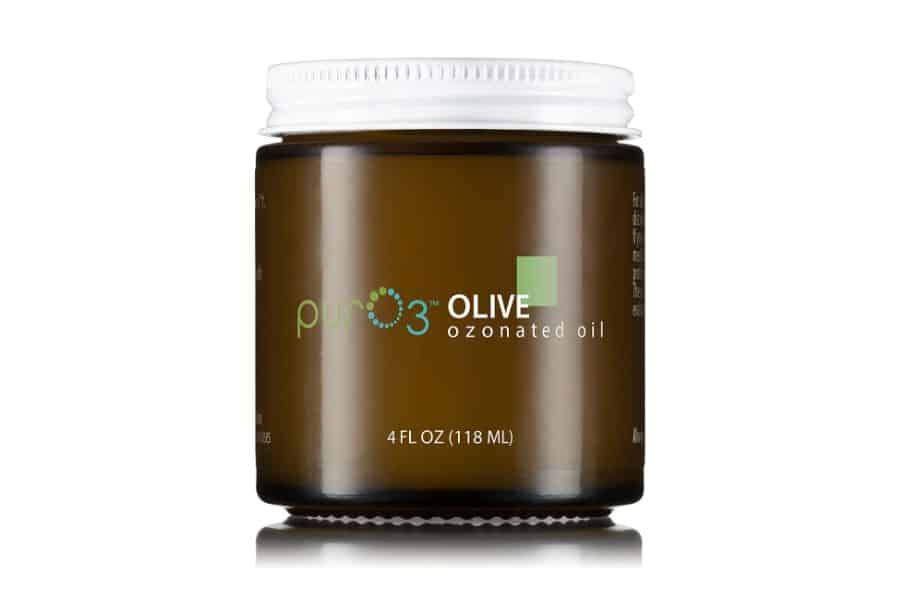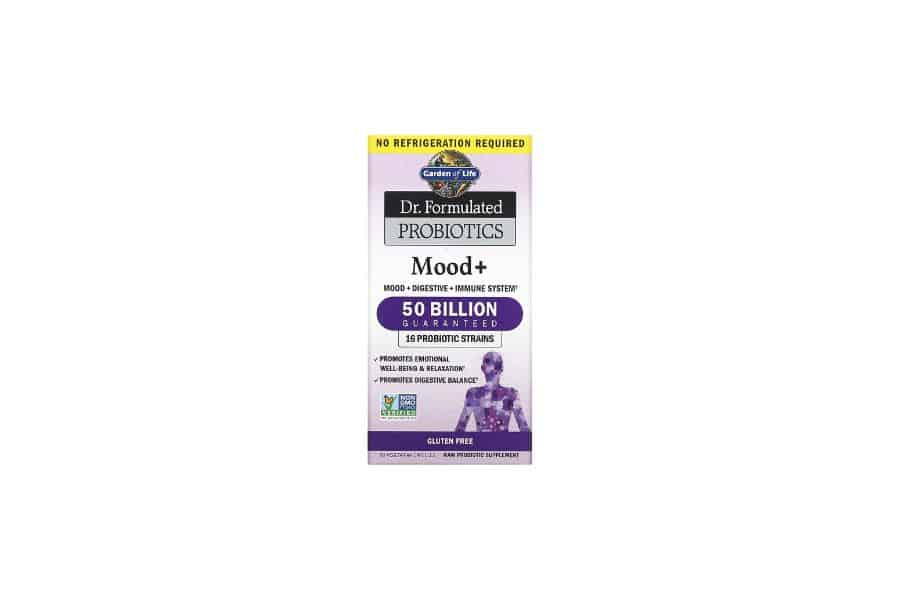Candida Natural Remedies: How To Help A Yeast Infection

This post contains affiliate links, which means I may earn a small commission if you make a purchase through my link, but at no additional cost to you. You can read my full disclosure policy here.
If you have been or currently are a victim of a yeast infection, then this is the post for you. You will also want to pay attention if you have reoccurring overgrowth of candida.
We have experienced these problems first hand. Being exposed to mold made it worse. Trying all different avenues to get rid of a candida infection was our primary goal. Trying to manage symptoms in the mean time was a whole other dilemma.
Certain natural remedies for yeast worked better for us than others. You should always explore safely using the correct precautions. Read to find the best natural treatment plan to control your yeast overgrowth.
This post gives you the best candida natural remedies that will help you manage your yeast infection and get your body back to a normal state.
Content:
- What is Candida?
- What Species can trigger a candida fungal infection?
- Common types of candida yeast infections
- A candida infection related to other health issues
- Antibiotics, yeast infections and the immune system
- how are urinary tract infections involved?
- does antifungal medication work?
- Symptoms of candida overgrowth
- what else causes candida overgrowth?
- candida natural remedies
(Disclaimer: No content on this site should ever be used as a substitute for direct medical advice from your doctor, a qualified clinician or other qualified health care professional.)
What is Candida?
Candida is a form of fungus found in the body and on the skin of healthy people. Candidiasis, a type of yeast infection, is triggered when the candida is not balanced within the body. Candida can be found in the mouth and throat regions of the body as well as in the stomach and vaginal areas.
What species can trigger a candida Fungal infection?
According to a recent journal article, there are over 200 candida species. Only several can become problematic to a person's health. The infections may be superficial showing signs on the outside of the body, or they may be internal.
The types of Candida Species that have the potential of becoming problematic are as follows: Candida albicans, Candida glabrata, Candida tropicalis, Candida parapsilosis, and Candida krusei. The most common of these types is the Candida albicans.
Common Types of Candida Yeast Infections
Vaginal Yeast Infection (or Vulvovaginal Candidiasis)
- Burning, itching, and irritation of the vaginal area occurs with this type of infection. Candida becomes out of balance creating an overgrowth of yeast. Approximately 3/4 of women are said to get a yeast infection during their lifespan.
Men can get a yeast infection in the groin area as well. However, this is less common than the female.
Oral Thrush Infection (or Oral Candidiasis)
- This is where there is an imbalance of candida in the mouth. Redness, white dots, and white patches may appear inside the mouth signaling a yeast problem.
Yeast infection of the skin
- Candida will thrive in places that are moist and warm. Therefore, a yeast infection can form under the arms and armpit areas and on the back of the knees.
A Candida Infection related to other Health Issues
Candida overgrowth is more likely to occur when the body has problems with the gut or digestive system or has a weakened immune system. Mold is a fungus that triggers additional problems. A mold issue can make it more difficult for an individual to get rid of a yeast infection.
Digestive issues also cause candida to worsen. Additionally yeast infection further effects the digestive system and gut microbiome creating a cycle of recurrent yeast infections.
Antibiotics, yeast infections and the immune system
Antibiotics kill off harmful bacteria as well as beneficial bacteria in the body. When a person is treated with antibiotics too often, the bad bacteria can take over in the body giving opportunity for a yeast overgrowth to take place due to lack of healthy bacteria.
Therefore, the immune system becomes more susceptible to health issues. Fungal cells are more likely to multiply as well. According to this article on microbiology, A candida infection is more likely to occur with the use of broad-spectrum antibiotics.
How Are Urinary tract infections involved?
Urinary tract infections are sometimes an issue alongside candida. To begin, a urinary tract infection is often treated with antibiotics. And as stated above, antibiotic usage and increased yeast infections often go hand-in-hand. Also, the bacteria that gets into the urethra and causes the urinary tract infection can easily spread around and trigger yeast problems.
Does Antifungal Medication Work?
There are antifungal medications on the market designed to help a yeast infection such as Monistat, Vagistat, and Micatin. Although these medications may help for the time being, it does not always solve the problem, nor do they get to the root cause of the problem. Additionally, according to Skin Safe, medicines like Monistat have parabens, dyes, and other harmful ingredients that you would not want on or in your body.
Fluconazole is a popular medication used by doctors to treat candida yeast infections. Be aware that this medication should not be used if your body has a mold issue.
Symptoms of Candida Overgrowth
There are specific symptoms associated with the overgrowth of Candida. Candida may not be directly the cause though. Likely an underlying problem is causing the symptom and Candida is also a triggered symptom from the underlying condition which can magnify the symptom displayed or cause additional symptoms.
Symptoms include:
- Itching and irritation of the affected area
- Swollen, bumps, or white discharge
- Fatigue
- Irritability due to discomfort
- Burning sensation, stinging, and pain
- Sitting and walking can become uncomfortable in some cases (from our experience)
- Joint problems
What else causes candida overgrowth?
Candida Natural Remedies
Ozonated olive oil is a great natural remedy. It can be applied to vaginal infections and other areas of the skin. However, it is not to be used for oral thrush.
ozone may oxide plasma membrane of all microorganisms including bacteria, virus and fungus, and eventually shred these microorganisms. Therefore, ozone has been used as a disinfectant for many years. (Journal of intercultural ethnopharmacology, 2014)
We personally have found this remedy to be very useful and helpful. It soothes the irritated area and helps it to heal. For us, Candida under the arm area disappeared after use of this. However, additional remedies will most likely need to be implemented to get rid of vaginal candida.
Essential Oil
Another natural remedy is essential oil. There are two oils that specifically have properties that are effective against a candida infection. These oils are tea tree oil and oregano oil.
Oregano oil has been shown in studies to be an effective treatment against Candida. One study can be found here. Oregano's antimicrobial and antibacterial properties have been shown to kill fungus.
Keep in mind that there are precautions to take when using oregano oil. The bottle will state how often to use it and the duration to use it for.
Also, it is best to work your way up slowly because a strong yeast infection will not go out without a fight. It may actually appear slightly worse when first taking the oregano.
Oregano oil was not a favorite of ours. From our experience, it will depend on your underlying issues and the strength of the yeast infection. However, from what I have read, many have had positive results.
Tea tree oil is another essential oil that fights off yeast due to its effective ingredient terpinin-4-ol. It has been shown to weaken fungal membrane and stop the growth of Candida albicans from multiplying. Tea tree oil should be used with a carrier oil and applied to the SKIN ONLY.
Garlic Clove
There are many health benefits to using garlic. The allicin (sulfur enzyme) in garlic has proven to be beneficial against fighting the species Candida albicans. Here is a study showing the defeating effects of fresh garlic extract on this fungus.
However, garlic can be strong on the stomach. Additionally, garlic can be difficult for some to tolerate if a personal has difficulty with sulfation.
Also, garlic is useful in preventing Candida yeast infections. However, if the yeast infection is extensive, garlic may or may not work alone.
Boric acid is one of the best ways to help a yeast infection. This specific supplement works wonderfully to relieve itching, burning, and balance acidity in the vaginal flora.
This has been one of the most helpful suppositories that we have used. This has been used alongside treatment of underlying conditions and an ultra-low sugar diet.
Coconut oil's antifungal properties are great for so many home remedies. Applying coconut oil to a yeast infection soothes the irritated area safely and effectively. We have found it a very useful natural remedy for yeast infections on the surface areas of the body.
Probiotics
It is very important that there is a balance of bacteria in the gut when yeast infections are involved. One way to do this is by taking probiotics. You can get probiotics several ways, and one way is to take a supplement.
Fermented foods provide you with good bacteria as well, but some are more sensitive to fermented foods depending on the health of the body. Therefore, it is important to take the correct supplement or use the appropriate methods when consuming probiotics.
The above supplements have been proven to work extremely well. The probiotic mentioned from Seeking Health is for those sensitive to histamines.
A candida diet is strongly recommended for those that have recurrent yeast infections. Sugar feeds the yeast, causing the yeast to stay around.
Inflammation needs to be calmed in the body to help balance bacteria and yeast appropriately. A diet specific to helping Candida will manage yeast symptoms and reduce inflammation allowing the body to heal. Here is a helpful link to a Candid Diet Food List.
The Candida Diet And Histamines
I have written about histamines and the problems they can cause often. Having much experience with histamine issues, I feel it is extremely important to make you aware of the problems they can cause.
Getting your body in balance and properly treating all underlying problems has proven for us that dealing with histamines can become easier. This of course varies among individuals.
There are certain foods that you will want to avoid even if they are mentioned in the Candida Diet. Cinnamon is one that you will want to be aware of. Histamine foods can create more inflammation therefore keeping a yeast infection problematic.
https://www.cdc.gov/fungal/diseases/candidiasis/index.html
Hofer, U. How antibiotics predispose to candidiasis. Nat Rev Microbiol 20, 382 (2022). https://doi.org/10.1038/s41579-022-00749-2
Cleff, M. B., Meinerz, A. R., Xavier, M., Schuch, L. F., Schuch, L. F., Araújo Meireles, M. C., Alves Rodrigues, M. R., & de Mello, J. R. (2010). In vitro activity of origanum vulgare essential oil against candida species. Brazilian journal of microbiology : [publication of the Brazilian Society for Microbiology], 41(1), 116–123. https://doi.org/10.1590/S1517-838220100001000018
Shuford, J. A., Steckelberg, J. M., & Patel, R. (2005). Effects of fresh garlic extract on Candida albicans biofilms. Antimicrobial agents and chemotherapy, 49(1), 473. https://doi.org/10.1128/AAC.49.1.473.2005
https://my.clevelandclinic.org/health/drugs/19641-boric-acid-vaginal-suppository








